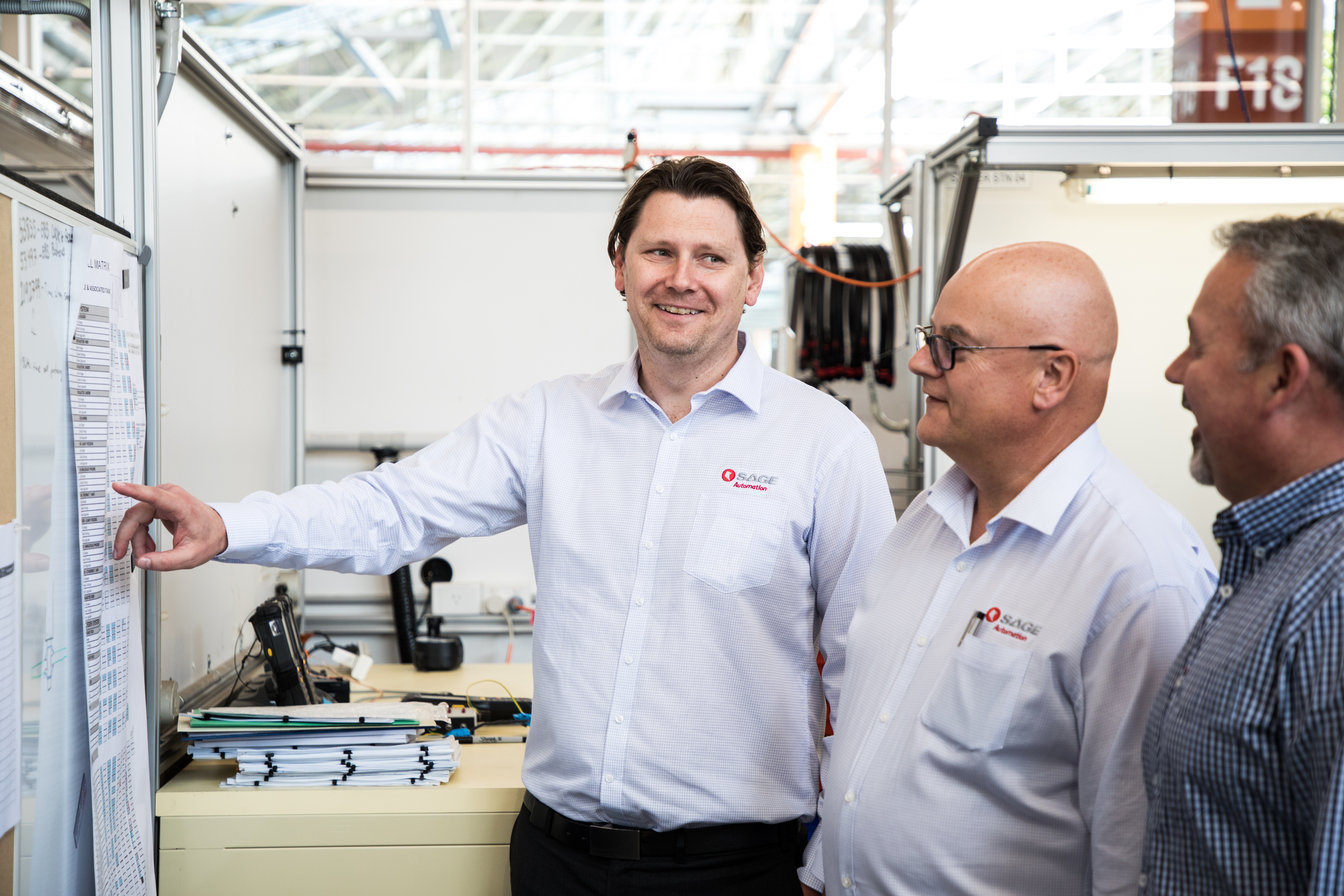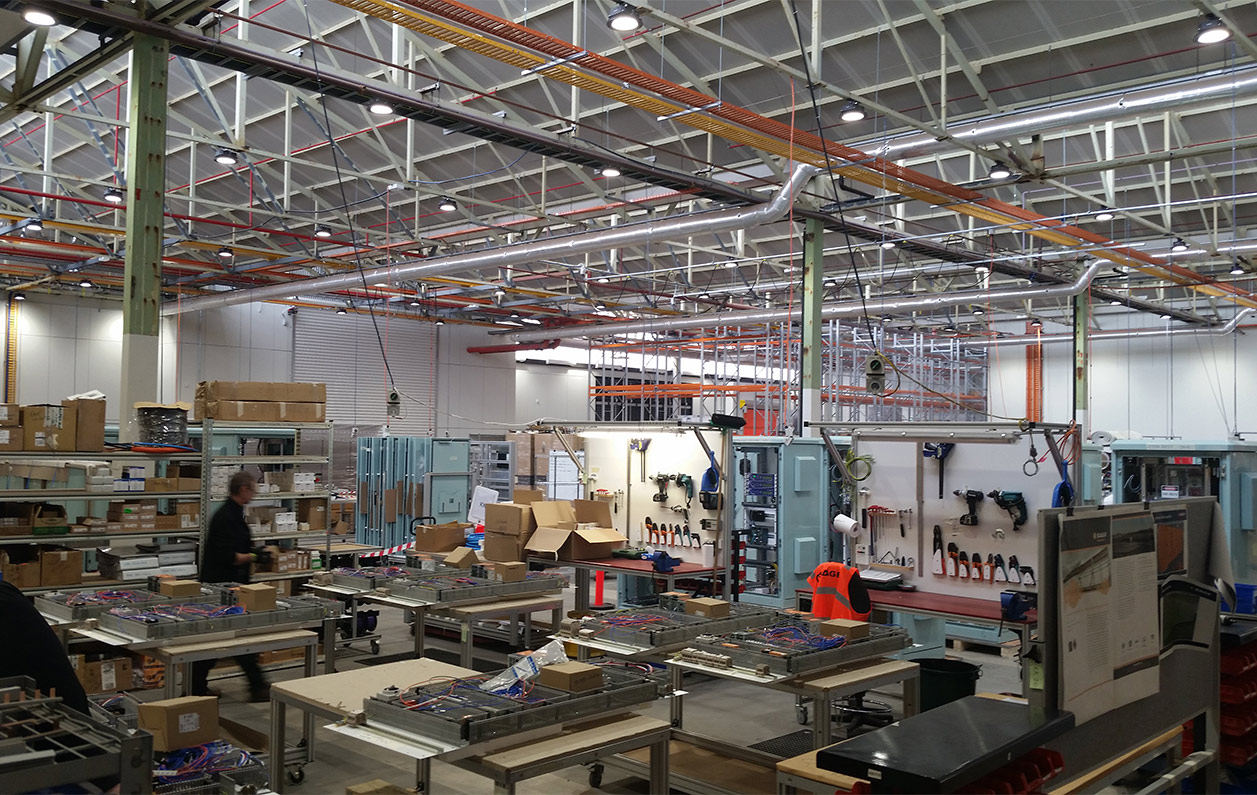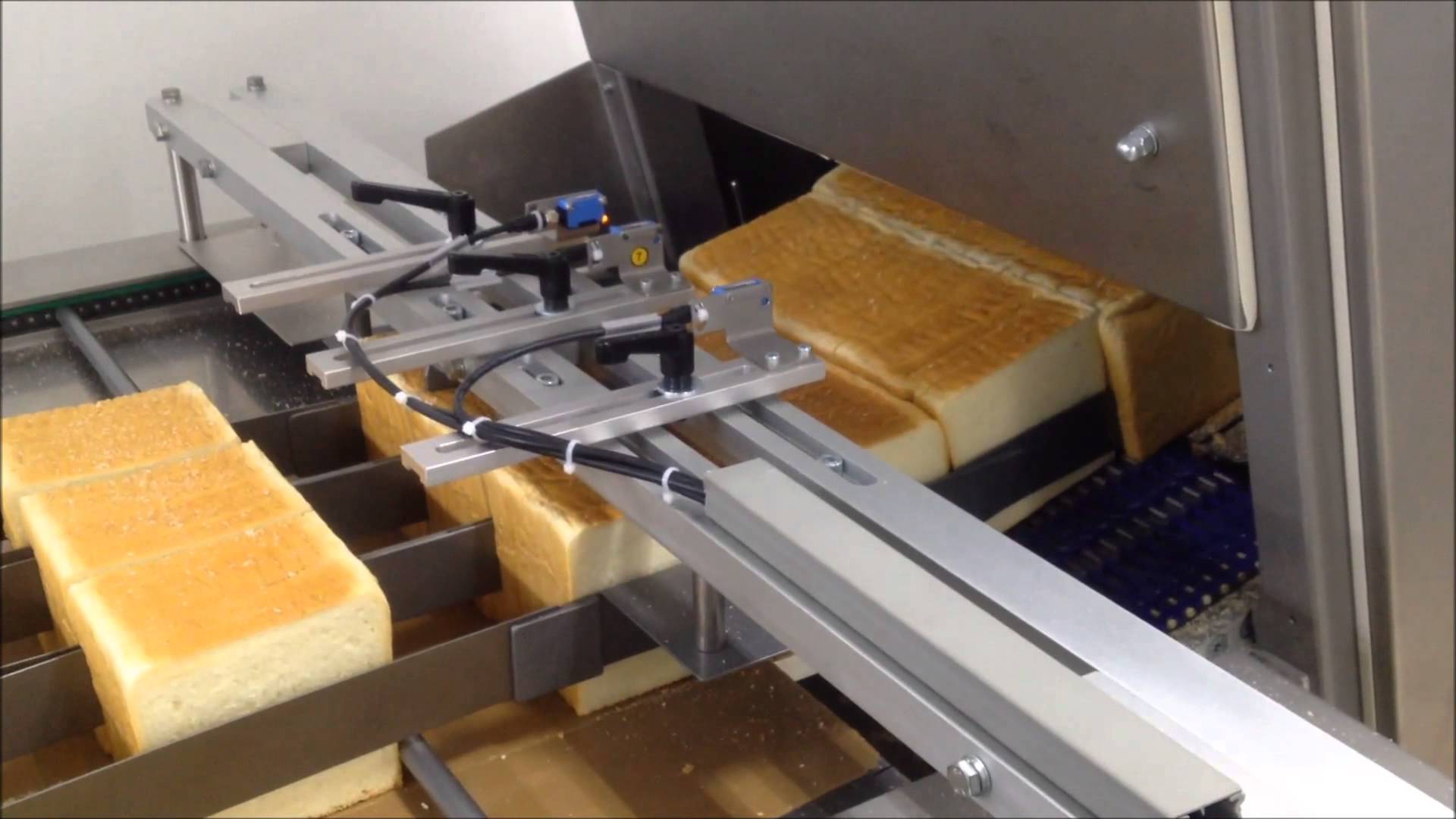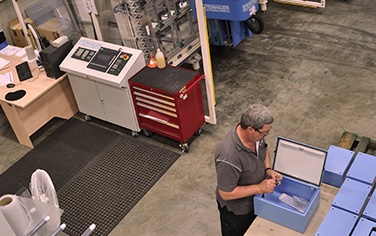As a company that delivers control system and automation maintenance support across manufacturing, food and beverage, defence, utilities, infrastructure, transport and resources we see a lot. And an increasing trend we’re seeing is the amount of clients doing ‘run-to-failure’ maintenance.
In large scale operations or small workshop environments the right manufacturing maintenance KPIs can have enormous impact on operability and maintainability.
By now you should have clearly identified the process that needs improving, collected the data, and analysed it to come up with the root causes for the problem. Phase four of DMAIC: Improve, is where it gets fun.
Our previous blog outlined the first phase of the DMAIC (Define, Measure, Analyse, Improve, Control) process in Six Sigma: Define. In Define, you should have developed a problem statement, calculated the problem’s business impact and defined a goal.
Six Sigma’s data-centric approach to process improvement has returned significant cost savings for organisations in manufacturing, food and beverage, finance, resources and medicine to name a few.
Over the past 50 years, lean manufacturing has taken the world by storm, transforming operations in industries like manufacturing, utilities and mining, all the way through to retail, IT and healthcare. So ingrained is this way of thinking, that it’s become a familiar concept among executives and management.
You may have seen how Agile Manufacturing is providing some answers for manufacturers operating in an increasingly globalised, technology-driven and customer-centric marketplace.
For anyone who is responsible for managing a manufacturing operation, the thought of a major breakdown event is enough to send your stress levels skyrocketing.
In a report by Deloitte, manufacturing executives reported that talent-driven innovation is the number-one determinant of competitive advantage.













